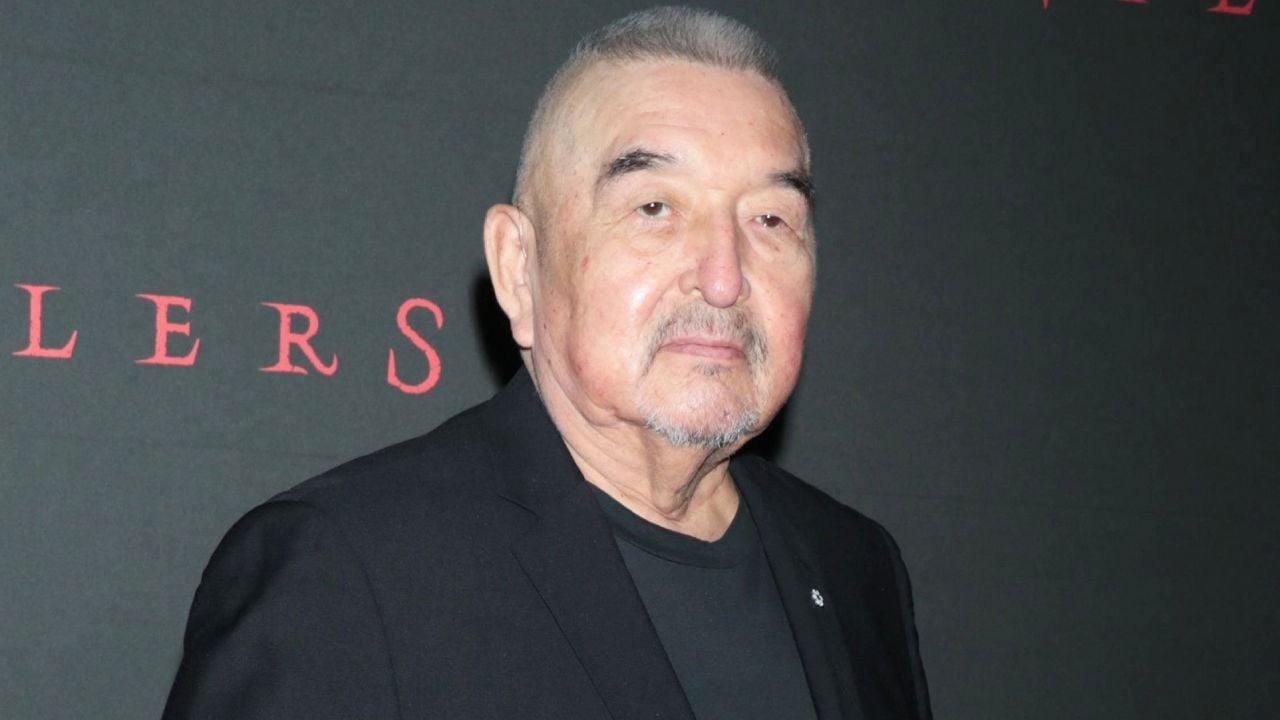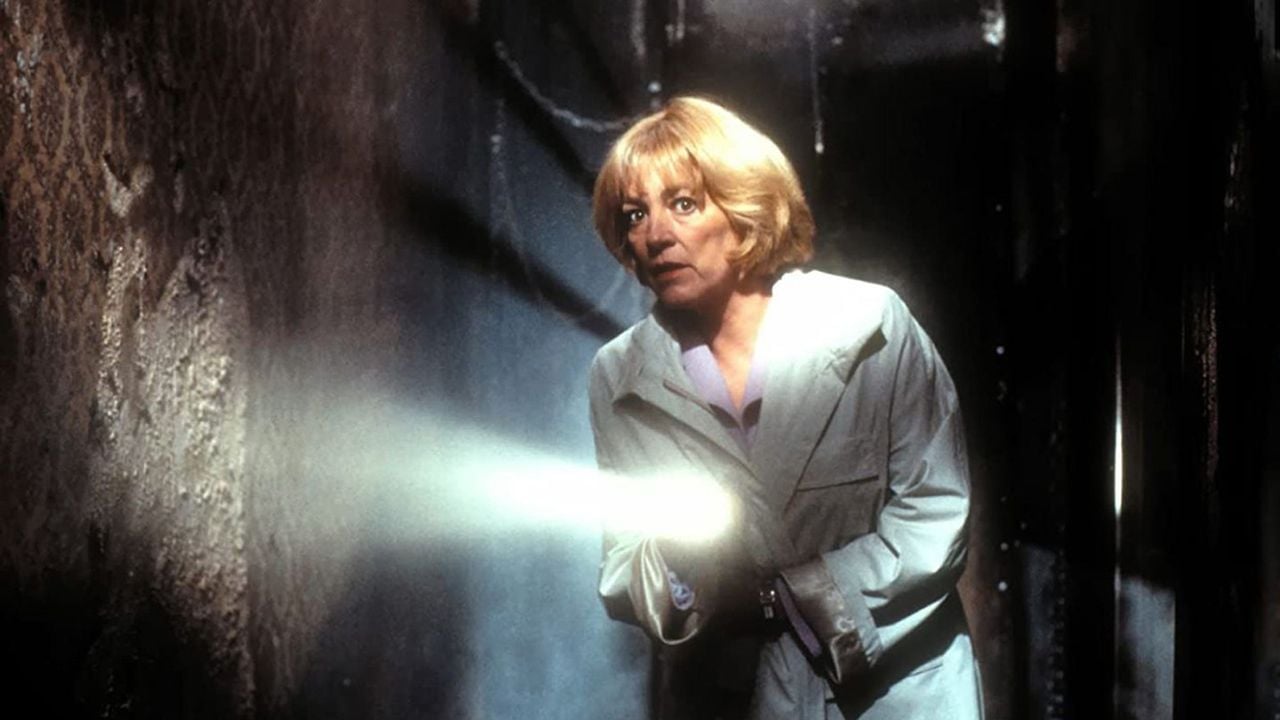The documentaries have the power to illuminate the hidden truths, dig stories not told and even expose the dark sides of society. However, while some generate awareness and promote change, there are others who may have devastating effects on the people involved.
There are cases in which exposure in a documentary ends up ruining one’s life, either for the distorted form in which they are portraits or the unexpected consequences of the negative fame generated.
Titles such as “Living with Michael Jackson” (2003), who accompanied the life of the Pop king in a controversial way, or “Making A Mussicer” by Netflix, which has become a world phenomenon, raising questions about justice and judicial errors, are just a few examples of how a documentary can change forever the fate of someone.
In many cases, the responsibility lies with the filmmakers, who, when they choose to explore some aspects of private life of public figures or controversial cases, can profoundly influence people who become at the center of their productions.
The implications of these choices are often complex, since the public tends to judge the people involved on the basis of the narrative presented, without considering the real impact that it can have on their life.
Now, we know some of the documentaries who, in different ways, have ruined the life of their central figures.
In no case we are condemning or acquitting any of the people involved. This article only serves to inform them about the existence of the documentary, since they have had an impact on the life of those who participated in the production and why. Whether these people deserve what happened, it does not depend on us.
Meets 6 documentaries who have ruined people’s lives
1. Living with Michael Jackson (2003)
The documentary, directed by Martin Bashir, accompanied the king of pop in his personal and professional life. Although initially it was conceived as an attempt to show Jackson’s humanity, the film in the end played him in a very controversial way.
Jackson has been shown as an eccentric figure with questionable behaviors, including friendship with children, who generated a wave of criticism and, in many cases, fueled voices of abuse of minors, which later would become one of the greatest questions of his life.
The documentary put Jackson under a huge microscope, fueling speculation on his mental health and his character. The way in which the intimacy of the singer was exposed without an adequate context made Jackson’s public perception even more negative, despite his attempts to deny the accusations.

2. Case Jonbenét Ramsey (1996)
The case of the death of Jonbenét Ramsey, a six -year -old boy found dead in his home, generated huge media and speculation.
The documentary “Case Jonbenet Ramsey” has made a detailed reconstitution of events, with various explored theories, but without a clear solution. Focusing on the Ramsey family, especially in parents, showed many as suspicions of crime, although they had never been formally accused.
The media coverage and intense documentary content made the life of Jonbenét’s parents a constant fight against public accusations, leading to immense psychological usury. Speculation and constant judgments made the process of mourning even more traumatic and family life has been permanently marked by the tragedy.

3. Blackfish (2013)
The documentary “Blackfish” exposed the treatment of orche in captivity, with particular attention to Tilikum, an orca of Seaworld who was responsible for the killing of three people, including a coach.
The film showed the cruel conditions in which animals lived and claimed that the arrest of these creatures led to aggressive behavior. As a result, the documentary generated protests and boycott Seaworldnegatively influencing the image of the company and coaches.
The film made a critical light on the practice of maintaining the orche in captivity, which caused a significant decline in the recipes of Seaworld. In addition, the coaches involved with Tilikum and other animals have been severely criticized and some have lost their career, since the attention of the public was deviated to the exploitation of animals and the accusations of abuse.

4. Making in Murderer (2015)
This two -seasons documentary, with 10 episodes each, follows the story of Steven Avery, a man who was sentenced for a crime he did not commit and subsequently released, just to be accused of another crime.
The case, which provides for accusations of judicial errors and police manipulation, has divided public opinion and generated a movement in favor of Avery and his nephew Brendan Dassey.
Although the documentary led to a renewed attention to the case, it also caused irreparable damage to the image of Steven Avery and his nephew, who were portrayed in controversial ways, further fueling the accusations and polarization of public opinion.
The legal and social implications of this production have highlighted new legal challenges, while the protagonists had to face another wave of public judgment.

5. During night (2003)
“Overnight” is a documentary about director Troy Duffy, who began his career with the success of “The Bodondock Saint”.
The film portrays its meteoric rise and subsequent fall due to its self -destructive and arrogant behavior. Duffy became famous for being difficult to deal with, whose negative attitudes rejected the employees and led to a series of professional failures.
The documentary exposed the darkest side of Duffy, making it a figure widely rejected in the cinematographic environment. The reasons present in the documentary that ruined his life and the image led him to a stagnant career and instead of exploiting success, the documentary contributed to consolidating his fall in anonymity, with his behavior seriously criticized by the public and industry.

6. The Square (2013)
This documentary focuses on the Egyptian revolution of 2011 and follows the activists who were at the forefront in the revolt against the Mubarak Hosni regime. The film exposes the struggle, the challenges and the consequences faced by the protesters and how their lives have changed radically after the movement.
Many of the portraits portrayed have faced violent retalities, prison and torture after the documentary exposure. Although the film has won international prizes and awards, the people involved paid a high personal and political price. Global media have attracted unwanted attention, with consequent persecution and repression to their families and movements.

These documentaries are examples of how a blindfolded story can at the same time serve from window to truth and like a two -brands knife, ruining life in the search for clicks and audiences.
The post documentary or the nightmare? He meets 6 titles that ruined people’s lives appeared for the first time in digital look.
Source: Olhar Digital
Rose James is a Gossipify movie and series reviewer known for her in-depth analysis and unique perspective on the latest releases. With a background in film studies, she provides engaging and informative reviews, and keeps readers up to date with industry trends and emerging talents.







